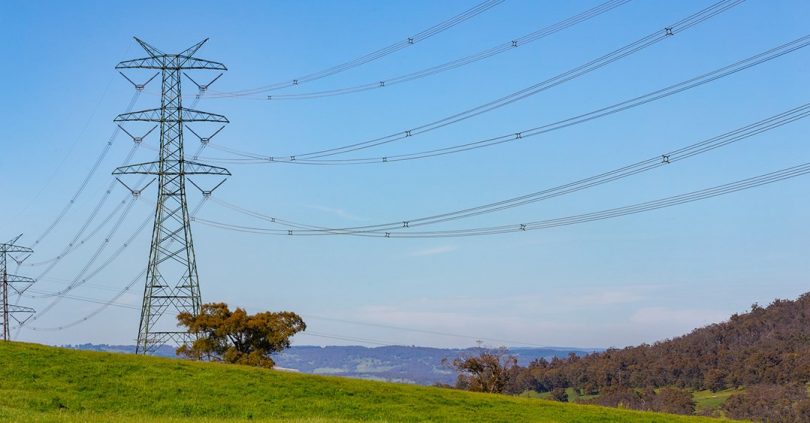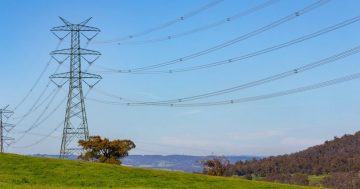
Landowners are reportedly in the process of being informed by Transgrid that the Tumut North route is the preferred route for HumeLink. Photo: Transgrid.
Online reports from impacted landowners suggest Transgrid has its sights set on the Tumut North route for its HumeLink project.
The reports follow the Australian Energy Market Operator (AEMO) plan for 2022, which revealed the total project cost had swelled from $1.3 billion to $3.5 billion in two years.
An impacted resident revealed the news in a post on the HumeLink Action Facebook group.
“Those of us who have property along the so-called ‘Tumut North Route’ have not had a good day today. We were phoned by Transgrid to inform us that this was their preferred route for HumeLink,” read the post.
The post’s author detailed a collective feeling of deflation and frustration but urged others to continue to resist providing Transgrid with consent to enter their property.
Transgrid could not confirm the reports but said they had begun speaking with landowners throughout the week to discuss the refined 200-m corridor and route options.
“A thorough and respectful engagement is our absolute priority and we will complete this process before sharing the detailed information to a broader audience,” a Transgrid spokesperson said.
“We know landowners and the communities in the HumeLink study corridor want and deserve clarity on the potential impact of the project on their properties.
“This week, our community engagement team began communicating with 470 landowners from Bannaby to Yass and Tumut and from Wagga Wagga area, to advise them whether they are excluded or included in the preferred study corridor.”
The spokesperson also revealed that the company expects to confirm the preferred 200-m corridor by the end of April. The feasibility study for the project’s undergrounding is expected in a similar timeframe.
Assuming the Tumut North route has been selected, Tumut landowner Lee Kingma’s property would no longer be along the HumeLink route – news he received with mixed emotions.
“From a personal perspective, it’s great because I’m not on the route anymore, but obviously, it’s still going to affect other people, so I’m certainly not going to be gloating about it,” Mr Kingma said.

A map of potential routes for Transgrid’s HumeLink project. Image: Supplied.
Transgrid were deciding between the Blowering, Tumut and Tumut North options (pictured above). Mr Kingma argued that the route would impact amenity across the region, with transmission tower heights expected to range from 50 to 70 m.
He remains hopeful that Transgrid will do more to compensate not just the landowners but the wider community for the impacts.
“There needs to be a broader discussion around the compensation because people with wind farms get much more compensation than those with transmission towers, by a factor of around five or ten times more,” Mr Kingma said.
“With the wind farms, they compensate the entire community, so they have a community fund that is quite a significant amount of money that is given to the community to be spent on community projects.
“They’ve established practices that work in the wind farm industry and they share the benefits with the landowners who host the turbines and also the people who neighbour the turbines who might be impacted by its operations and maintenance.”








